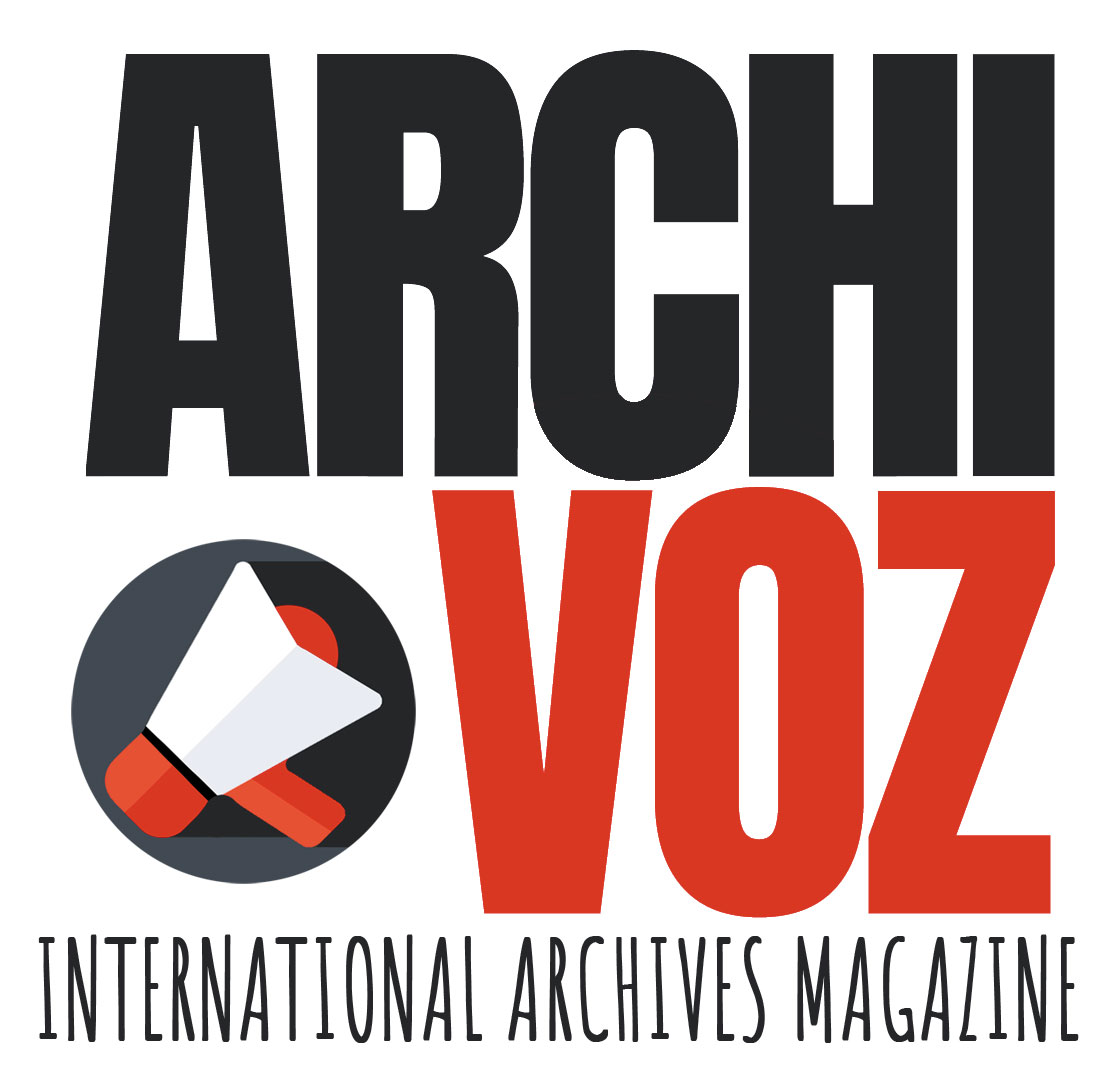When I entered the eighth floor of Bush house for the second XRchiving conference held on 20th of April 2024, I was greeted at the registration desk with friendly smiles and as I was handed a program, name tag, and shown the way to the coffee, I was immediately put at ease in the environment. The ethos of the conference was to foster a place of connection and a meeting place for ideas, and this was evident in the type of space that was created around the conference.
I didn’t know that the many times I’ve taken to the streets of London with some good music and no goal except to wander made me a Flâneur. That is until I heard the keynote address of XRchiving given be the Lord Mayor of the City of London. His Keynote address focused on the theme for his time as Mayor entitled ‘Connect to Prosper’. He likened the possibilities of technology to create digital ‘coffee houses’ harkening back to the coffee house culture of the 18th century and the connections and community fostered there. He talked about slowing down and taking time and then he introduced the concept of the Flâneur, first described by the poet Baudelaire as someone that walks aimlessly through the city absorbing the city’s atmosphere through their wanderings. This renaissance of the Flâneur is something that the Lord Mayor is hoping to spark through his initiative VeraCity, which is not only a map of the city of London but also offers the ability to create meaningful encounters between people and the city through features in the map that enables one to find out the history of a landmark simply by pointing their phone at it.
The first panel of the day examined the London Charter its history and future. Also discussed within the presentation was the importance of paradata and its place within preservation and archives. I found this to be a particularly illuminating aspect of the talk as I was thinking about the links between this concept and others, such as reflexivity and positionality. For context, paradata is data about the process of collecting data, reflexivity is a practice of reflecting on the process of research, and positionality reflects the place of the author within their research. How might all of these come together to create more transparent archives, research, and collections? The London Charter was birthed out of a desire to ensure best methodological practices relating to digital cultural heritage. Which is why the subject of paradata is so important because it brings to light the processes that go into organizing and creating data. Metadata was also mentioned and there is increasing research being done on the importance of the role of metadata in our archives, not just as descriptive or organizational but also as indispensable parts of the larger historical story. Take for instance, the 2023 article by Freeman entitled Defying description: searching for queer history in institutional archives, published in Archival Science (https://doi.org/10.1007/s10502-023-09415-9). Freeman’s article investigates the position of metadata in aiding or hindering the searches of historically marginalized or ‘othered’ people as they seek out their own history and their place within the archives. It’s an illuminating article that I would suggest very deserving of a read for anyone in archives. But back to the London Charter and its forthcoming update. Why is paradata, metadata, and methodology so important? Why do we need a charter to ensure best practice for digital heritage? If we accept the fact that all context that we provide to data is inherently biased and there is no escaping that, then we need ways to seek out and understand the biases and positions of the context our data is existing in. This is why the charter is so important because it provides a standard that can ensure that we explain our reasons for contextualizing data in the ways that we do. While this doesn’t eliminate bias it does provide transparency about the types of contextual choices being made.
Presentation A entitled ‘Generating the Future with Data’ was not only a practical panel that got into the issues of digital preservation but also just a fun panel to watch as ideas, questions, and discussion flowed freely. An interesting initiative that was discussed was the process that George Oates has begun to preserve Flickr in their initiative aptly named Flickr. Thought provoking questions were raised around this initiative as they discussed the practicalities of preserving such a huge collection and how to go about that. Also discussed was the ordering of their preservation. Would it be preserved in chronological order or in a way that could better reflect the interconnectedness of the Flickr universe? This was an interesting point that again goes back to the importance and position of metadata and how it plays a role in telling and controlling narratives.
Presentation B, Europeana Twin-it, was on the endeavors of Marinos Ioannides and Tam McDonald in relation to Europeana Twin-it a process of creating a collection of 3D digital cultural heritage objects from each country. This endeavor does not just extend to the European union as the city of London also seeks to also submit a 3D digital object. The speaker communicated his passion for the project and his desire to see a sense of community and sharing fostered through the process.
I had never been in St. Mary Le strand before I went in to experience the Hexology tech demo. When I walked in the first thing I saw was a group of people looking into handheld mirrors, which I thought was a little odd until I looked up at the ceiling and realized what they were using the mirrors to look at. As I gazed up at the beautifully ornate architecture, I was truly glad that I had just gotten new glasses earlier that week. We walked further into the church towards the striking lapis lazuli blue stained-glass windows and learned that not only was this a beautiful space it also had a rich and varied history that we could access through the QR codes placed around the church. The experience at the church was powered by Hexology which gives people the ability to post about spaces. This worked well in this context as there where different QR codes one could scan to learn about different facets of the church. For instance, there was one Hexology experience where one could understand the Jacobean connections and history of the church and another that discussed the architecture. There was also the option if one had the app to add their own posts about the space.
The breakout workshop that I attended was on sound and music and the place of VR within them. As someone who did their undergraduate degree in music this was a particularly fascinating workshop to be a part of. I was not previously aware of the ways in which orchestras where employing VR to create unique musical experiences, but this workshop enlightened me. We discussed the many applications of VR for musical outreach and expanding the audience for classical music. Some of the topics brought up were using VR for reaching those who might not be able to attend concerts due to anxiety. The possibility of employing VR to support those with mental health concerns was exciting to consider. We also discussed the question of the visual component of VR and its possible incompatibility with music’s aural focus. But in relation to this I brought the interesting case of HIP music (Historically Informed Performance) after studying lute and historical performance at university the possibilities of VR to enhance the musical experience was at the forefront of my mind. For instance, I brought up the case of early dance music and how the visual component of seeing those dances while you hear the music meant to accompany them changes how you perceive the rhythms and music. We also discussed the ability of VR to aid in practice and teaching scenarios. All in all, a rich discussion was had during this workshop that covered many aspects of the nexus of VR and music.
Panel B, ‘G.L.A.M in 2034’, was pleasantly optimistic amidst a lot of doom and gloom surrounding the future of the galleries, libraries, archives, and museums sectors. A hopeful outlook was presented in this panel and that was encouraging to see as a young person who wishes to enter the sector.
Panel C, ‘Looking to the future of Digital Cultural Heritage’, was a fascinating offering of industry professionals who described their companies, visions, and work. As someone in a master’s program on a steady diet of academic articles and journals it was refreshing to hear a more practical industry focused side to the story as well as the academic perspective.
The endnote was a fitting conclusion to the conference as we reflected on the mind and brain. Questions of the problems/advantages of VR and immersive experiences for the brain were raised and discussed. As well as the topic of neuroplasticity and possibilities to train the mind. This was an interesting discussion as we all reflected on the wonder that we all possess, which is our brain and the many things we know and do not know about it. For instance, the ability to sit for a whole day absorbing new information in a conference setting. After the endnote there was a wine reception and a beautiful London view from the Bush house balcony. Reflecting on the conference standing on the balcony with a clear evening and London stretching out below I was struck by the multitude of perspectives presented that day. But really this shouldn’t have been that surprising. Archives encompass a plentitude of skill sets, ideas, features, and people and this is where our strength is drawn from. Our variance and our uniqueness are what makes archives such a varied and special place, a place that has room for everyone.
After speaking with the conference organizers, I was provided with some comments as to the future aims and ethos of XRchiving. They said that the three primary aims for the future were:
- Completing the revision of the London Charter
- Participating in Europeana TwinIT Project as the UK delivery partner
- Developing a training and education program in association with European partners
They also said that XRchiving is focused on education and training, preservation of 3D environments, and 3D as part of the digital public realm embedding GLAM content to make the built environment a better place in which to live.
Here is a link to the program for the conference the only difference between it and the program on the day being that Professor Maria Economou from Glasgow University and Pippa Bostock from the Maria Rose Trust were unable to present. https://xrchiving.london/2024-schedule
Images of courtesy of Geoffrey Browell

Magdalena Cupo
Content Editor, Archivoz Magazine
Student at King’s College London in the Digital Humanities Department
Magdalena Cupo is currently a master’s student at King’s College London in the Digital Humanities Department. Her interests and passion lie in the nexus of digital culture and mental health with a specific focus on the digitization of archives relating to mental health. She is also an avid gamer who specifically enjoys the cozy games genre. Aside from gaming she is also a renaissance lute player who studied music at the Royal Academy of Music and King’s College London for her undergraduate study.



